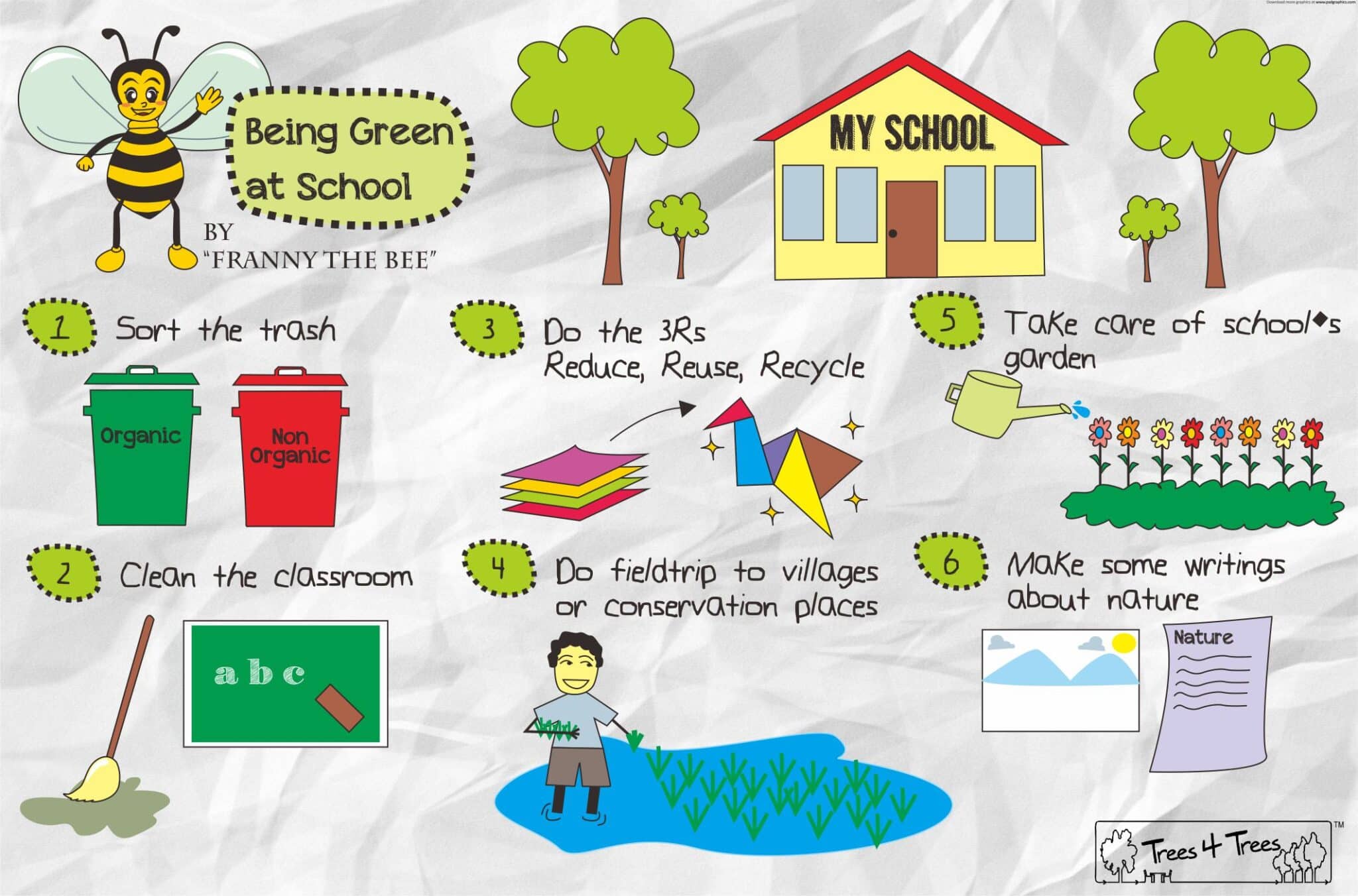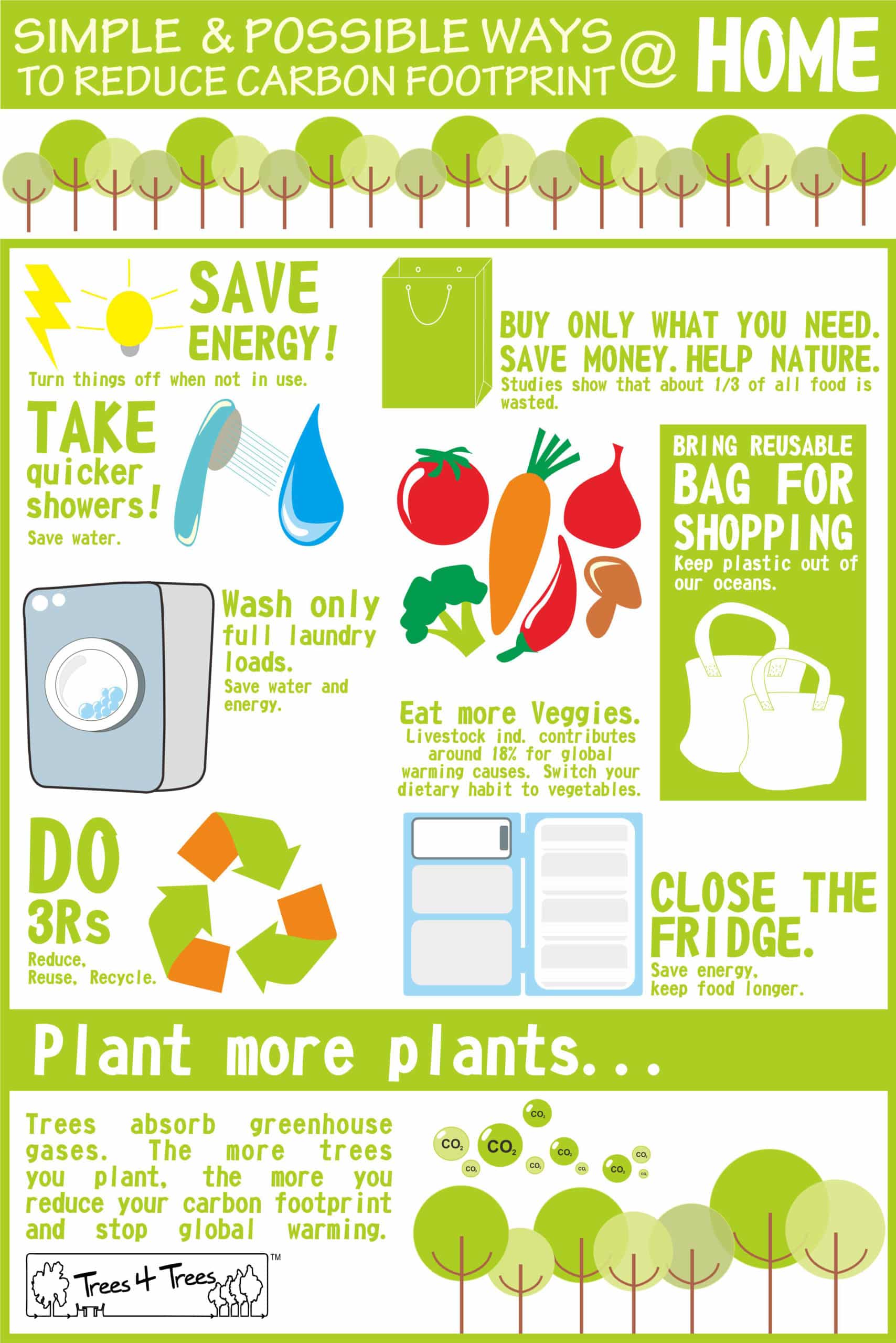Being Green at Work
Office is the place that working men and women spend 1/3 of their time daily, for five days every week. It’s the place where people are busy with their daily tasks. Here we give some green tips that you can do at work, so no matter how busy you are, you still can participate in helping to make the world a healthier place.
1. Go paperless when possible
Think before you print. Consider if the file should be kept digital or printed. This habit will reduce the use of paper. If you want to print some files to check or read, consider to reuse paper on the back side.
2. Use laptop than PC
Laptop use 50% of the energy used by a typical desktop PC. This will reduce the use of energy.
3. Maximize laptop/computer efficiency
Don’t just leave your laptop/computer when you are about to grab lunch or break time. Turn on sleep mode, it will reduce energy up to 50%. When you come back to use it, it will automatically wake up and be ready to use.
4. Save energy!
Turn off your office appliances like lamps and air conditioners when you are leaving or not using them.
5. Use public transportation
Consider to use public transportation like bus or train or ride a bike to reduce carbon footprint.
6. Get some green inside your office
Bring some green friends to brighten your office room. Choose plants that can absorb indoor pollution to refresh and keep the air pure.






